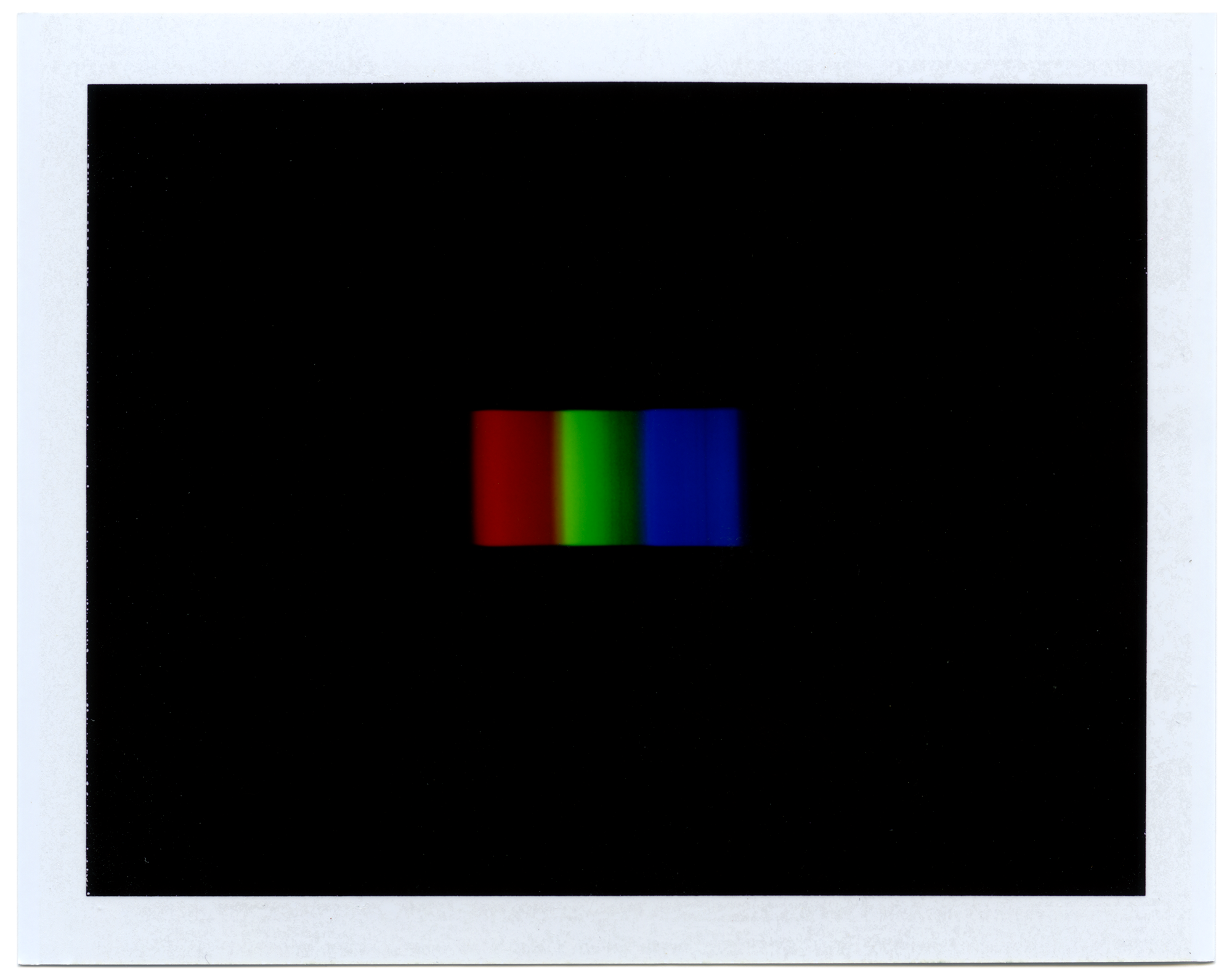Chaïm Dijkstra (1990) is a visual artist based
in Utrecht. In Chaïm’s practice we find several self-designed ways of directing
projections, self-developed colour cameras and newly invented colour
photography processes.
These works start from a simple question, for instance, ‘is there a way for a
camera to deal with colour differently than our eyes do?’. From there Dijkstra
delves into the history of science, photography and colour philosophy, before
working in theirs studio to shape the answer into a physical work of art; the conclusion
is made flesh by the apparatus showing the often quite complex answer to the
simple question.
Seeping through theirs works is a deeply rooted mistrust to Dijkstra’s own
senses: ‘do I experience visual reality while using my eyes?’ Of course not. But
a harsh ‘no’ would do injustice to the interesting complexity of perceiving
colour and light. Whilst examining a reality that is created by the eyes, parts
of the visual reality shine through. But which part is real, and which part is
self-made real?
In trying to weed out the subjective real from the objective real, a discovery
is made in the underlying order
of the world around us. For example: our eyes are trichromatic, meaning
they perceive colour using three kinds of colour receptors (for red, green and
blue). But these three primary colours onlyseem primary to our eyes, they are not primary by default in the ‘outside
world’ around us. And yet they form a critical underlying order in the way our
eyes work.
This begs the question: Is this a manmade structure?
Or was this
order already present in the world around us and have we simply made use of it?

